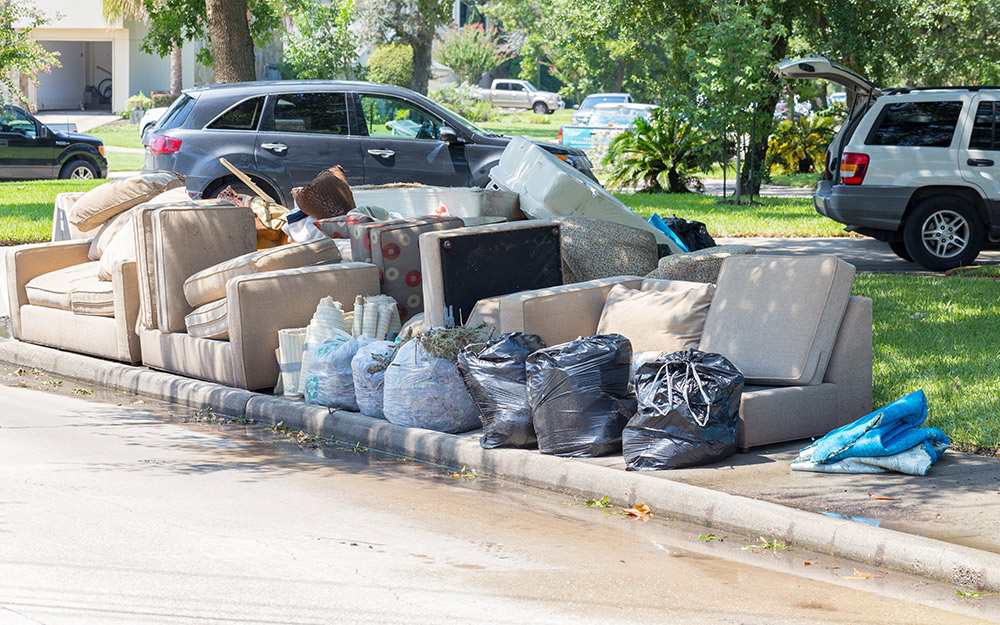Floods can be devastating, leaving behind a trail of destruction and damage to homes and belongings. After the waters recede, the daunting task of flood damage cleanup begins. Proper post-flood cleanup is essential for restoring your home and preventing long-term issues such as mold growth.
Here’s a step-by-step guide on how to clean up after flood damage.
Step #1 – Ensure Safety
Before entering your flooded home, ensure it’s safe to do so. Check for structural damage, gas leaks, or electrical hazards. If there’s any doubt about safety, wait for professionals to assess and make necessary repairs.
Step #2 – Document the Damage
Document the extent of the damage by taking photos or videos. This documentation will be valuable for insurance claims and FEMA assistance.
Step #3 – Remove Standing Water
The first task is to remove standing water. You can use pumps, wet/dry vacuums, or buckets to eliminate as much water as possible. Ensure that power is turned off to the area to prevent electrical hazards.
Step #4 – Wear Protective Gear
When dealing with floodwater, wear appropriate protective gear, including rubber gloves, boots, and a mask, to protect yourself from contaminants in the water.
Step #5 – Dispose of Contaminated Items
Assess which items have been contaminated by floodwater and need to be discarded. This may include carpets, furniture, and drywall. Properly dispose of these items according to local regulations.
Step #6 – Clean and Disinfect
Thoroughly clean all surfaces that came into contact with floodwater. Use a mixture of hot water and detergent to clean, followed by disinfection with a bleach solution (1 cup of bleach to 5 gallons of water). Pay special attention to walls, floors, and areas where mold could develop.
Step #7 – Dry Out the Space
Use fans, dehumidifiers, and open windows to promote air circulation and drying. This step is crucial in preventing mold growth. After drying, inspect for any signs of mold growth. If you find mold, consider hiring a professional mold remediation service to safely remove it.
Step #8 – Check Electrical and HVAC Systems
Have a qualified electrician inspect your electrical system before restoring power to flooded areas. Similarly, HVAC systems may need professional cleaning and inspection. In many cases, insulation and drywall that have been soaked by floodwater must be removed and replaced to prevent mold and structural damage. Examine your plumbing system for damage caused by the flood. Replace any damaged pipes or fixtures.
By following these steps and being thorough in your efforts, you can begin the process of restoring your home and your life after a flood.

